TABLE 15-5
What are the factors that determine the acceleration time (in sec.) from 0 to 60 miles per hour of a car? Data on the following variables for 171 different vehicle models were collected:
Accel Time: Acceleration time in sec.
Cargo Vol: Cargo volume in cu. ft.
HP: Horsepower
MPG: Miles per gallon
SUV: 1 if the vehicle model is an SUV with Coupe as the base when SUV and Sedan are both 0
Sedan: 1 if the vehicle model is a sedan with Coupe as the base when SUV and Sedan are both 0
The regression results using acceleration time as the dependent variable and the remaining variables as the independent variables are presented below.
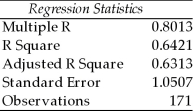 ANOVA
ANOVA

 The various residual plots are as shown below.
The various residual plots are as shown below.
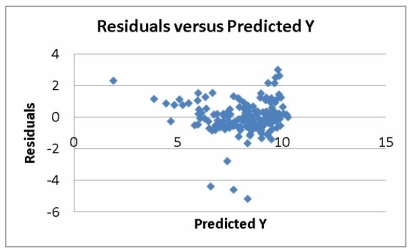
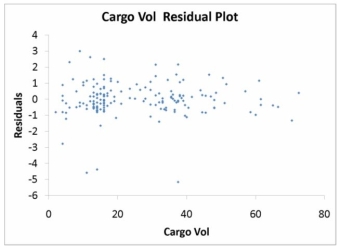
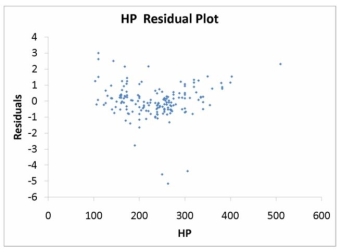
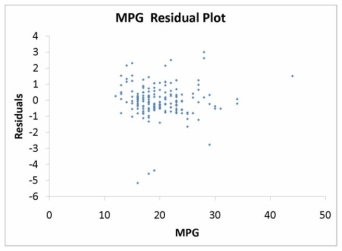
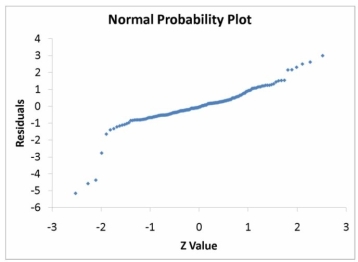 The coefficient of partial determination (
The coefficient of partial determination (  ) of each of the 5 predictors are, respectively, 0.0380, 0.4376, 0.0248, 0.0188, and 0.0312.
) of each of the 5 predictors are, respectively, 0.0380, 0.4376, 0.0248, 0.0188, and 0.0312.
The coefficient of multiple determination for the regression model using each of the 5 variables as the dependent variable and all other X variables as independent variables (  ) are, respectively, 0.7461, 0.5676, 0.6764, 0.8582, 0.6632.
) are, respectively, 0.7461, 0.5676, 0.6764, 0.8582, 0.6632.
-Referring to Table 15-5, the 0 to 60 miles per hour acceleration time of an SUV is predicted to be 0.1252 seconds higher than that of a sedan.
Definitions:
Market Segment
A collection of individuals, groups, or organizations who share one or more characteristics and thus have relatively similar product needs and desires.
Small Businesses
Companies with limited revenue and number of employees, falling below certain statutory limits.
Q4: Referring to Table 14-10, to test the
Q23: Referring to Table 15-4, the quadratic effect
Q24: Referring to Table 13-7, to test whether
Q40: Which of the following is not one
Q42: Referring to Table 12-9, the test will
Q45: Referring to Table 13-2, what is the
Q87: Referring to Table 17-9, an <img src="https://d2lvgg3v3hfg70.cloudfront.net/TB4634/.jpg"
Q95: Referring to Table 16-6, exponentially smooth the
Q149: Referring to Table 13-11, the homoscedasticity of
Q153: Referring to Table 13-3, the error or